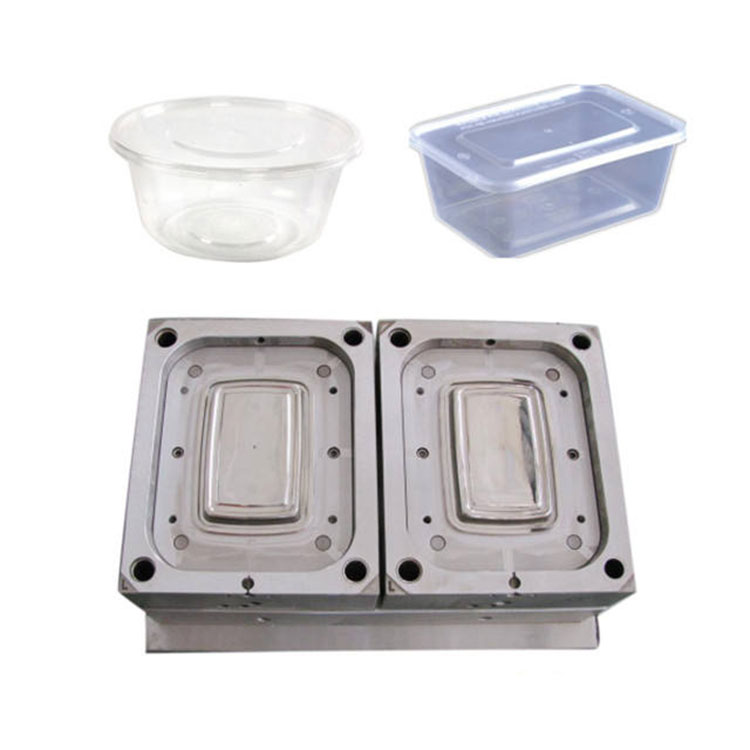Plastic Injection Mold: The Heart of Injection Molding Process
2025-07-11
A plastic injection mold is a custom-designed tool used to shape molten plastic into precise, complex parts through the injection molding process. It is an essential component in manufacturing a wide range of plastic products, from small consumer goods to large industrial components.
What is a Plastic Injection Mold?
A plastic injection mold is typically made from steel or aluminum and consists of two halves: the cavity (female part) and the core (male part). Molten plastic is injected under high pressure into the mold cavity, where it cools and solidifies to form the final part. The mold then opens to eject the finished piece.

Types of Plastic Injection Molds
Two-Plate Mold
The most common type.
Consists of two halves that open to eject the part.
Suitable for simple parts with one cavity.
Three-Plate Mold
Adds a third plate for easier ejection and complex gating systems.
Useful for parts with multiple gates.
Hot Runner Mold
Uses heated channels to keep the plastic molten in the runner.
Reduces waste and improves cycle times.
Cold Runner Mold
Has runners that cool and solidify with the part.
Simpler and less expensive but generates runner waste.
Insert Mold
Incorporates pre-made inserts into the mold.
Allows for multi-material parts or embedded metal components.
Materials Used in Mold Making
Tool Steel: Durable and wear-resistant; ideal for high-volume production.
Aluminum: Cheaper and faster to machine; suitable for prototyping and low-volume runs.
Key Features of Plastic Injection Molds
Precision: High accuracy to produce complex shapes and fine details.
Durability: Designed for thousands to millions of injection cycles.
Cooling Channels: Integrated to speed up cooling and reduce cycle time.
Ejection System: Pins or plates to remove finished parts efficiently.
Surface Finish: Molded parts can have smooth, textured, or decorative finishes.
Benefits of Using Plastic Injection Molds
High Production Efficiency: Fast cycle times enable mass production.
Consistent Quality: Uniform parts with tight tolerances.
Complex Geometries: Ability to create intricate shapes and fine details.
Material Versatility: Compatible with a wide range of thermoplastics.
Low Labor Costs: Automated molding reduces manual intervention.
Applications
Automotive parts and components.
Consumer electronics housings.
Medical devices and equipment.
Packaging containers and caps.
Toys, household items, and more.
Maintenance Tips
Regularly clean and lubricate mold surfaces.
Inspect for wear or damage after production runs.
Maintain proper temperature control to prevent warping.
Store molds properly when not in use to avoid corrosion.
Conclusion
The plastic injection mold is a critical investment in plastic manufacturing, enabling the production of high-quality, complex parts efficiently and consistently. Choosing the right mold design and materials ensures durability and superior product performance.


